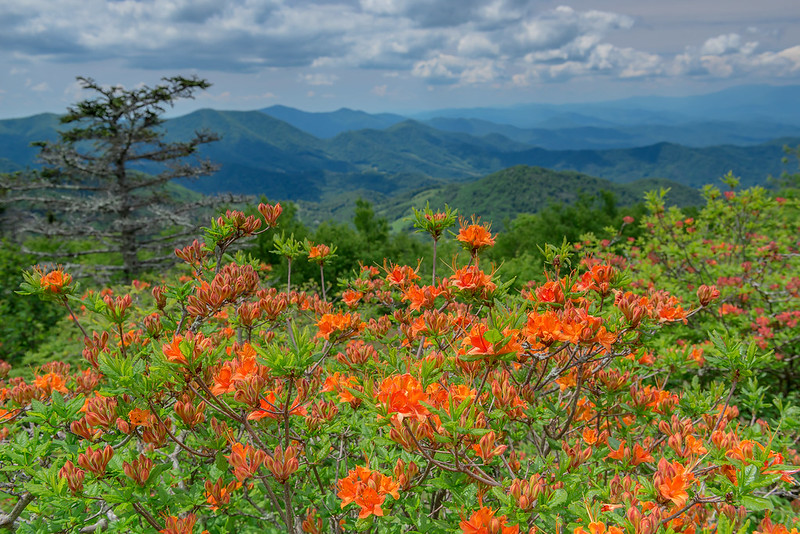
Appalachian Mountains Facts
- Today, this truly breathtaking mountain range almost always goes by the term of the Appalachian Mountains. Up until the late 19th century, however, a competing title existed. That’s because many at that time referred to it as the Allegheny Mountains.
- The local Indigenous Peoples held different appellations for the range in their various native tongues, though. Among the Cherokee, for example, a select portion of the feature bore the moniker of Shaconage. Other tribes held still other names for it.
- Native Americans long knew of the existence of this natural wonder, of course. Yet, it’s believed the first sighting of it by a non-native occurred somewhere between 1539 – 1540. That occurred due to the actions of Spanish explorer Álvar Núñez Cabeza de Vaca.
- During an earlier expedition, in 1528, to the south of the range, he encountered a native village. His group translated the name of the tribe as Apalachee. Over time, however, the term became synonymous with both the group and the immediate region.
- Fortunately, the majestic beauty of the entire Appalachian Mountains enjoys a measure of protection from the depredations of man. That’s partly due to the existence of an enormous number of federally protected regions. These exist along its length.
- Amazingly, a total of six National Parks appear along the expanse of this geological marvel. An additional eight national forests also dot its length, along with two national wildlife refuges. Great care is taken to maintain the natural state of these areas.
- Yet, it’s also known for one more astounding feature. Because of the length of the range, and its natural beauty, an astounding walking path was created. Known as the Appalachian Trail, this feature stretches for an astonishing 2,175 mi (3,500 km).
Related Articles

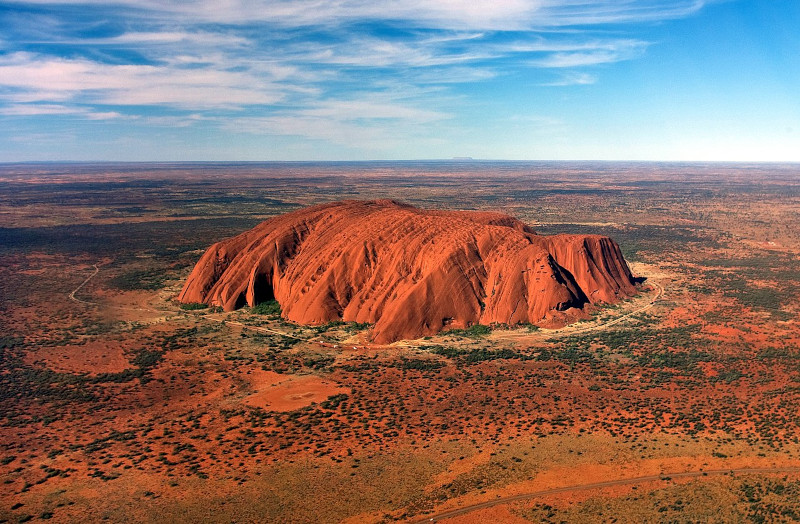
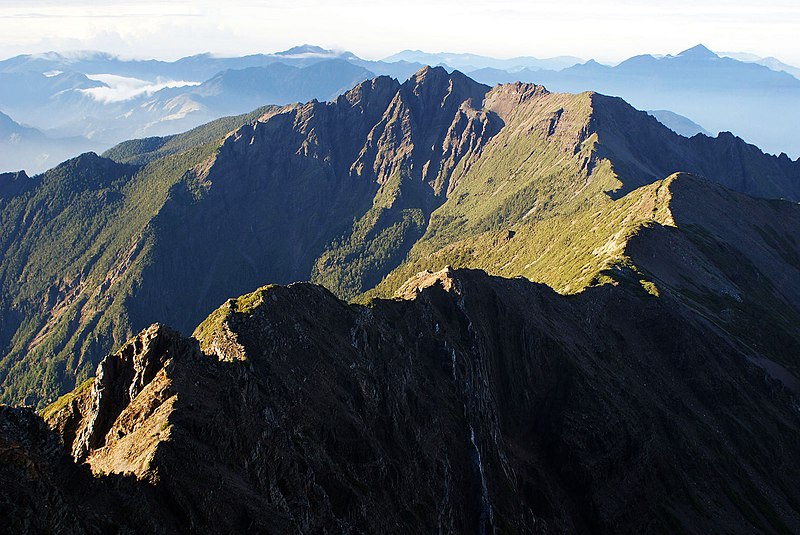
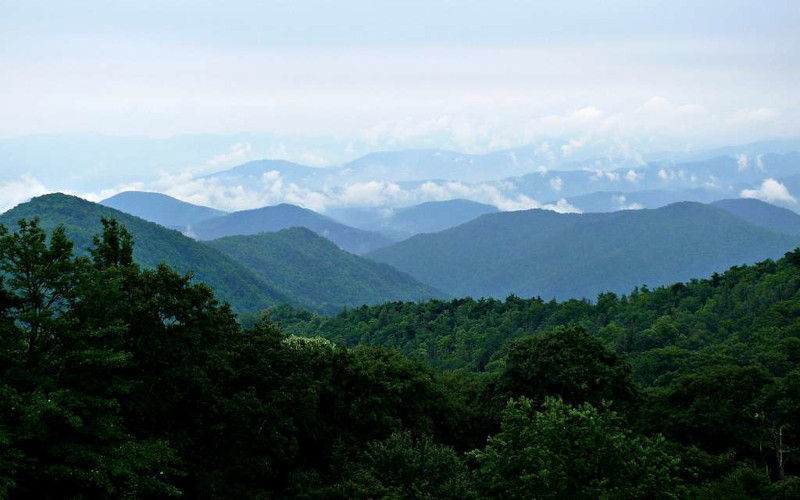
Appalachian Mountains Physical Description
This truly mind-boggling formation almost immediately captivates those who encounter it for the first time. Yet it does so for a combination of reasons. That holds true since it’s not only possessed of great beauty, the site also boasts extraordinary truly dimensions.
Most experts divide the magnificent range into three clear subdivisions. Each section holds both features similar to the others, as well as some distinct to itself. This allows for at least some context when discussing its qualities, given the vast scale of its massive size.
The northern section roughly begins in the province of Newfoundland and Labrador, in Canada. From there, though, it extends itself to the Hudson River. Within this greater extent, however, numerous features stand out in terms of their impressive physical stature.
In the Canadian portion of this section, multiple peaks exceed 4,000 ft (1,219 m) in height. Many others also reach at least 2,700 ft (823 m). In its southern parts, however, several reach or exceed elevations of 5,000 ft (1,524 m). One attains a height of 6,288 ft (1,917 m).
Meanwhile, the central section of the range roughly reaches from the Hudson River to West Virginia. This stretch contains its own wonders. These include the stunning New River. Yet ot also obasts other marvels to delight the eye of the fortunate visitor or resident.
Subsections of the greater range exist here, including the Allegheny Plateau and the Taconic Mountains. The impressive Great Appalachian Valley, itself a wonder of Nature, also appears here. The stunning Blue Ridge Mountains, another amazing subset, also begin here.
The southern section of the Appalachian Mountains completes its length. This portion reaches from the New River in Pennsylvania, to northern Alabama. Along its course, though, yet more marvels await, including many other mountains of 2,700 ft (823 m) or more.
It also holds some of the greatest natural wonders. The magnificent Mt. Mitchell lies within this region of the range. The highest point east of the Mississippi, it reaches 6,684 ft (2,037 m). Others include such features as Linville Falls and Sliding Rock, both in North Carolina.

Appalachian Mountains Location, Formation, and Ecology
The awe-inspiring Appalachian Mountains formed in a region of the globe already renowned for its abundance of geological wonders. The location of that area won’t surprise many, though. That’s because it formed in a portion of the continent of North America.
Though one end lies in Canada, the majority of its expanse runs through the United States. It further resides in the approximate eastern section of the continent. Within the United States, it extends from Maine in the north, to the northern part of the state of Alabama.
The origins of this marvelous work of geological forces actually lie far back in the earth’s distant past. That’s true since this mountain range began its formation over 1 billion years ago. That makes this amazing natural site one of the oldest such in the entire world.
Its birth originally, and primarily, occurred due to the collision of tectonic plates. Volcanic activity subsequently followed, though much later. The majority of that occurred around 200 million years ago. Evidence places the last eruption at over 50 million years ago.
The Appalachian Mountains further boast a strongly thriving ecology. In fact, the range is considered by most, experts and enthusiasts alike to stand as one of the most biodiverse regions on the entire continent. Species of all kinds thus abound within its confines.
Much of its extent still holds an extensive cover of forested regions. These contain a variety of tree types, of course. Deciduous and evergreen species alike proliferate in abundance. Countless other plants also appear, including the Flame Azalea, which lives nowhere else.
Innumerable animals and insects thus also appear here. Mammals of all sizes, from squirrels to deer and black bear thrive in the region. Birds of all kinds additionally spend their lives here. Reptiles present include the dangerous Eastern Diamondback Rattlesnake.
Features Sharing Its Region
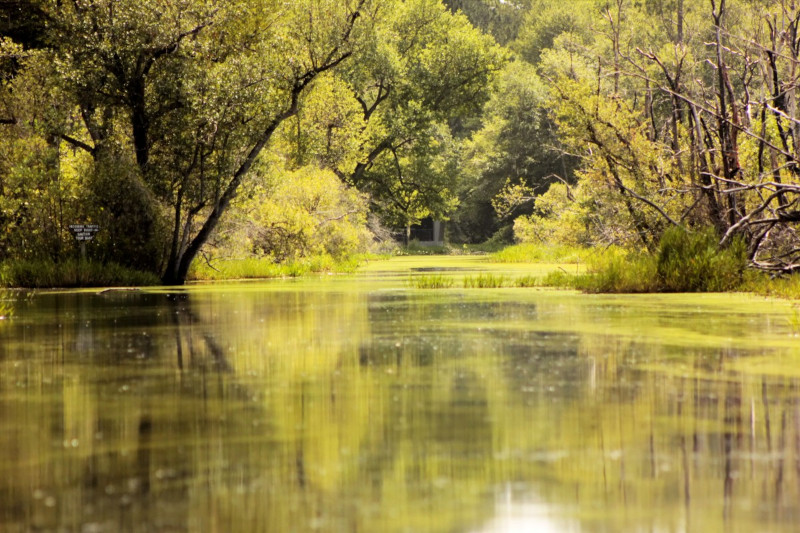
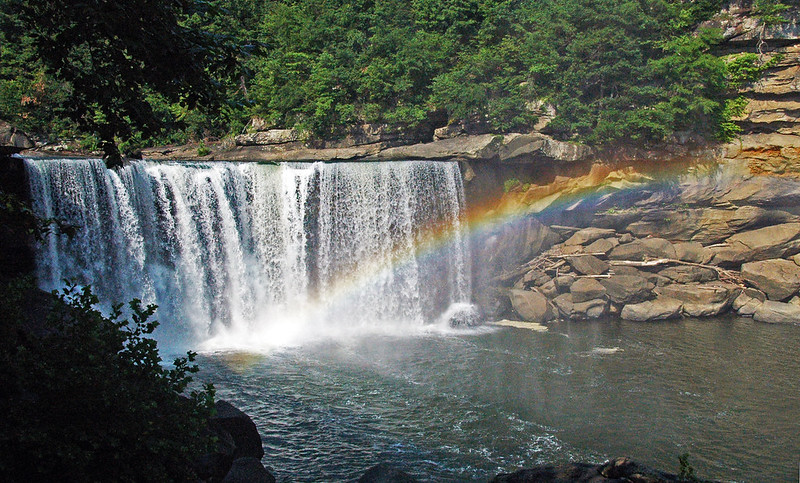
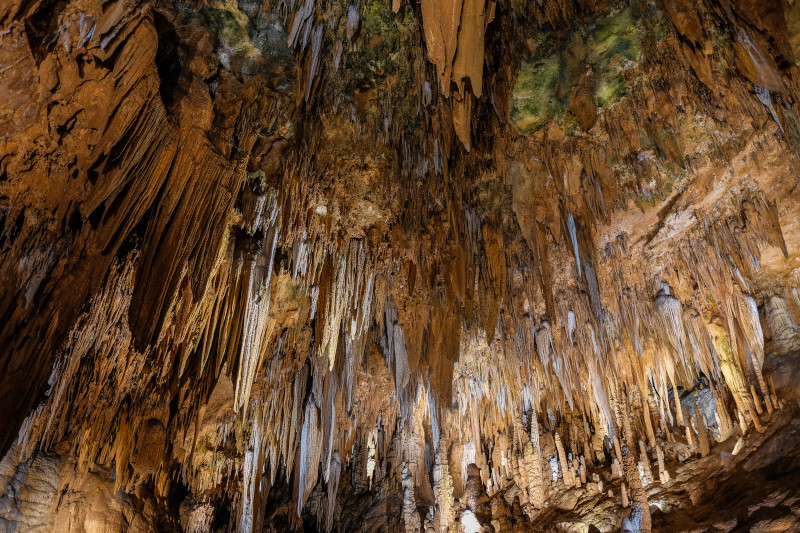
Check out our other articles on 3 Surprising South American Moths, Eurasian Brown Bear, Corsica, Great Rhododendron, Fire Salamander, East African Lowland Honey Bee, Green Iguana









Leave a Reply